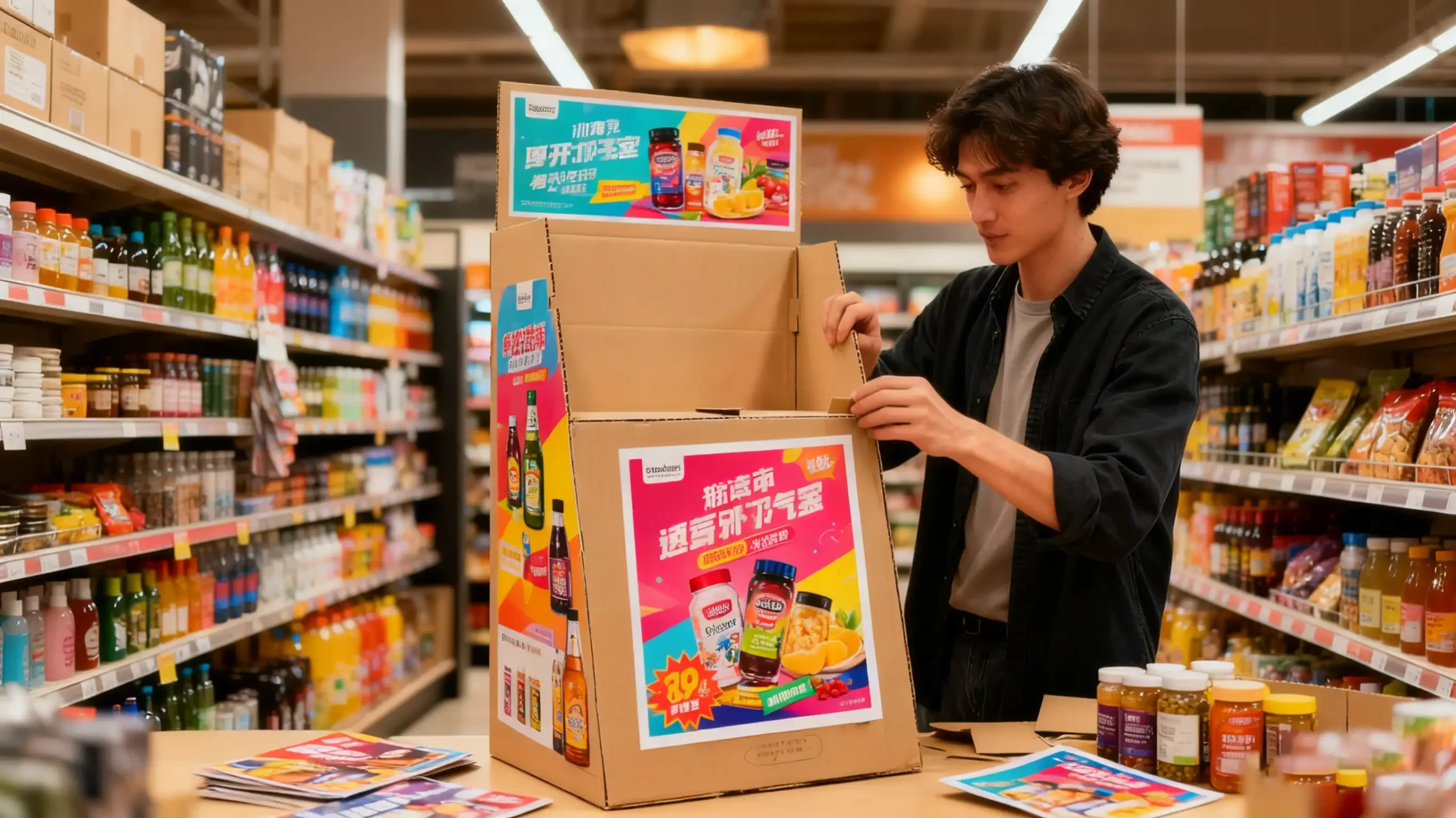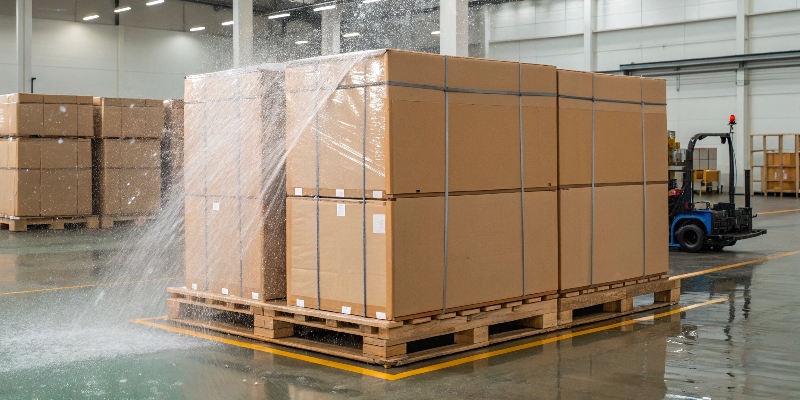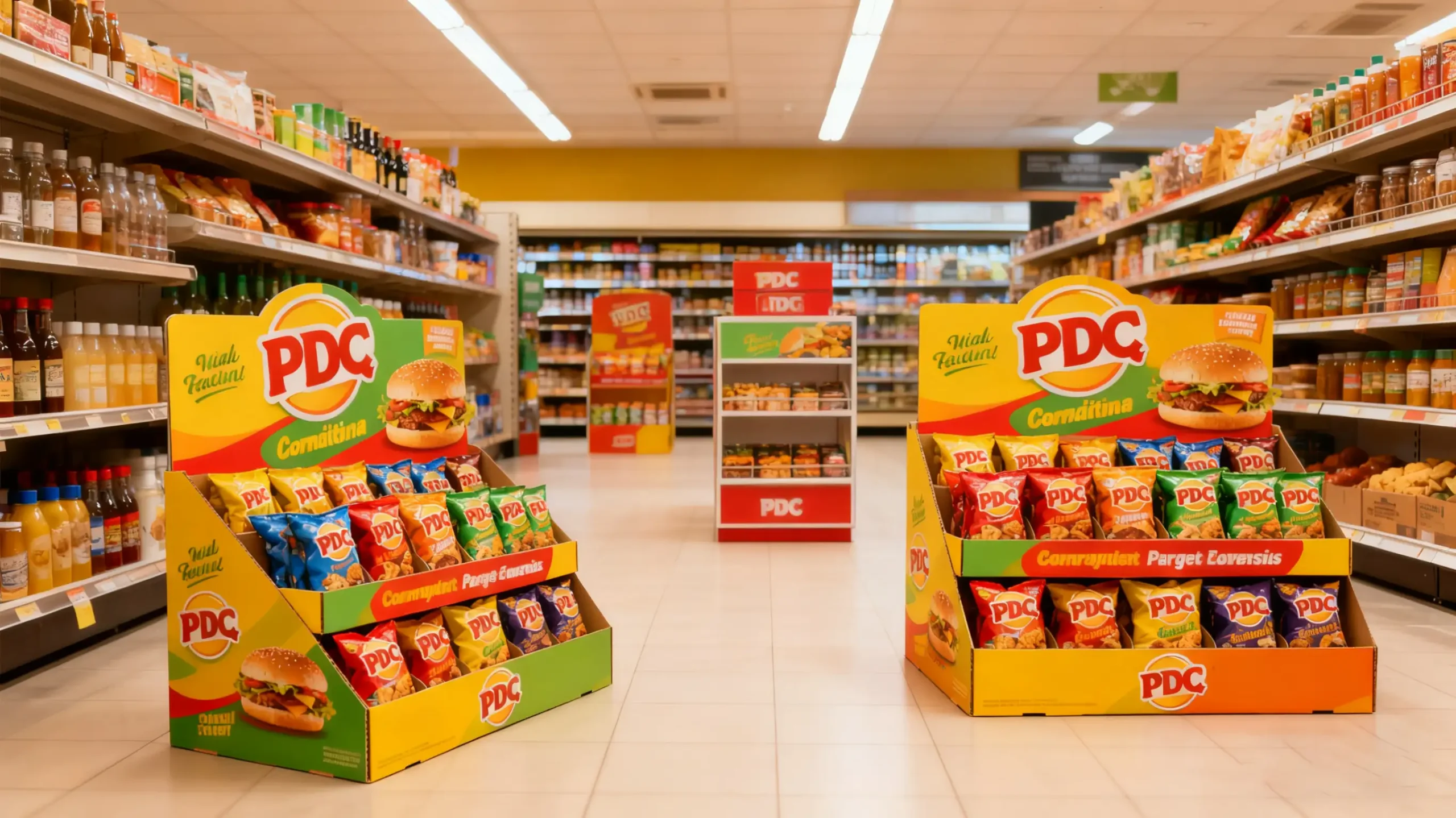Your product is great, but it gets lost on crowded retail shelves. This means missing out on sales while competitors grab customer attention. Let's change that.
To make your product stand out, use custom-designed cardboard displays. Focus on unique shapes, bold graphics, and interactive elements. These displays grab customer attention, tell your brand story, and drive sales right at the point of purchase, offering a cost-effective way to boost visibility.
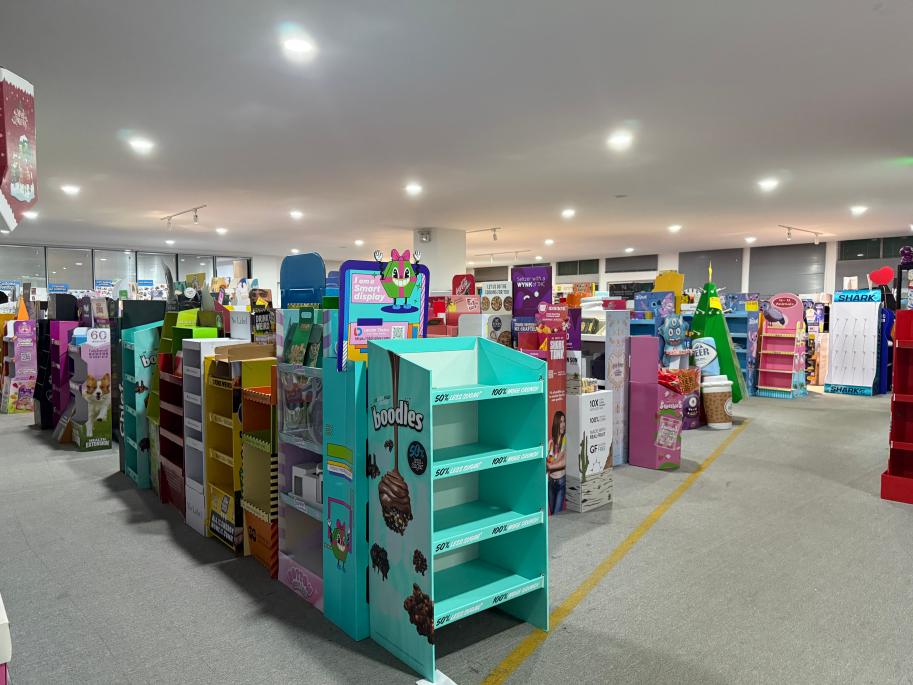
That sounds simple, but making it happen requires a good plan. Over my 16 years in this industry, I've learned that the most successful displays do more than just hold products. They create an experience for the customer. It's about turning a piece of cardboard into a powerful sales tool. Let's look at how you can do this. We will explore the key details that make a display truly effective.
What design elements make a cardboard display truly unforgettable?
Your displays look like everyone else's, and they're easy to ignore. This causes you to lose potential customers who walk right past your product. The solution is to focus on memorable design.
Unforgettable displays combine structural innovation, graphic storytelling, and interactivity. Think beyond the basic shelf. Use unique shapes that reflect your product, compelling visuals that tell a story, and QR codes or small games to engage shoppers directly. This approach creates a lasting impression.
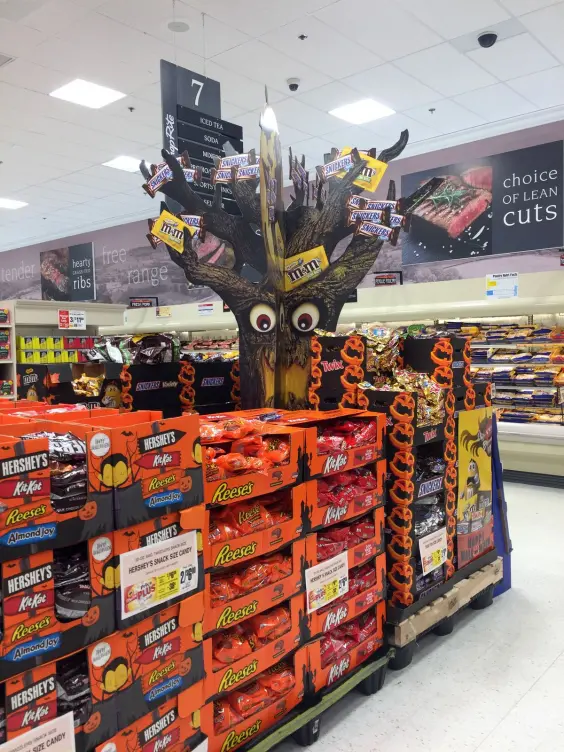
Let's dive deeper into these three areas. Getting them right is what separates a forgettable box from a display that people talk about. I’ve seen this happen many times. A client comes to us with a great product, but it’s just not moving. A smart display design can completely turn that around.
Structural Innovation
The shape of your display is the first thing customers notice. Standard rectangular displays are easy to produce, but they are also easy to ignore. You need to create a unique silhouette. Think about shapes that connect to your product or brand. For example, my team and I once designed a floor display for a new organic juice brand. Instead of a box, we made it look like a giant, stylized tree with branches holding the bottles. It instantly communicated the brand's natural theme before customers even read the text. The key is to be bold. Consider curves, interesting angles, or a multi-layered construction to create depth and visual interest. This makes your display a destination, not just a fixture.
Graphic Storytelling
Once the structure grabs attention, the graphics need to tell a story. This is where you communicate your brand's personality and value. Color is a powerful tool. Are you a luxury brand? Use deep, rich colors and minimalist design. Are you a fun kids' brand? Use bright, playful colors and illustrations. The imagery and text should work together. Show your product in action or highlight its key benefits. For a skincare line, we used clean graphics and images of natural ingredients to convey purity and effectiveness. Your graphics should answer the customer's question: "Why should I choose this product?"
Interactive Features
The final step is to get the customer involved. An interactive display can dramatically increase the time a customer spends with your product. This can be very simple. A QR code that links to a how-to video or customer reviews is a great start. For a coffee brand, we added a small dispenser with coffee beans so shoppers could smell the aroma. I remember a project for a toy company where we included a small, simple puzzle on the side of the display. Kids would stop to solve it, giving their parents more time to look at the product. These small engagements build a connection and make the shopping experience more memorable.
| Element | Goal | Example |
|---|---|---|
| Structural Shape | Create visual disruption | A surfboard-shaped display for a sunscreen brand. |
| Graphics & Color | Communicate brand identity | Earthy tones and natural imagery for an organic snack. |
| Interactivity | Increase engagement and dwell time | A QR code on a wine display linking to food pairing ideas. |
How do you balance creativity with cost and structural integrity?
You have a fantastic, creative idea for a display, but you worry it will be too expensive or not strong enough. This forces you to compromise, leading to a much duller design.
You can balance creativity and cost by making smart design and material choices. Use appropriate grades of cardboard with clever reinforcements. An experienced cardboard display manufacturer can engineer your creative vision to be both durable and budget-friendly, so you don't have to compromise.
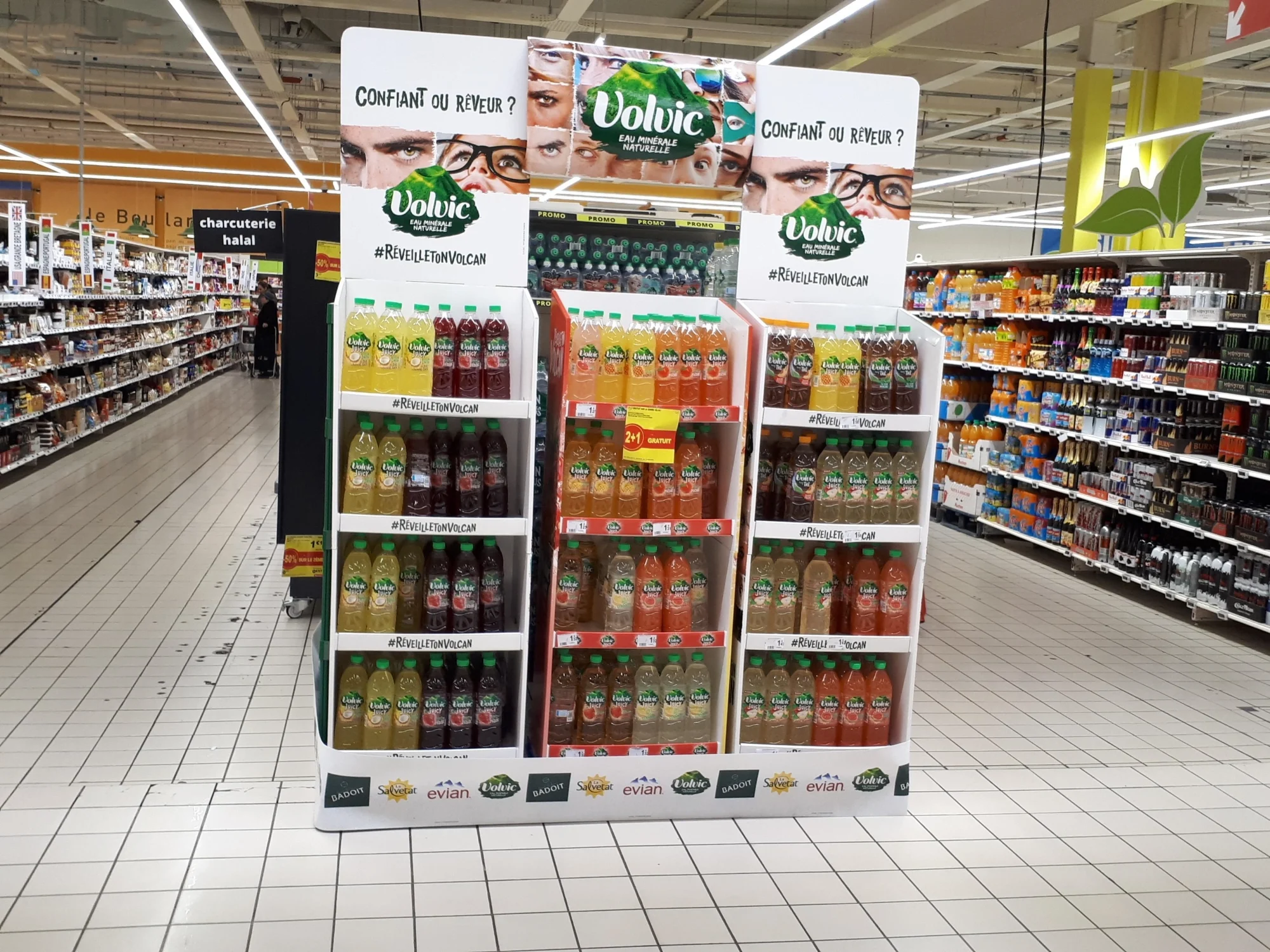
This is a challenge I see designers like Peter face all the time. They are caught between the marketing team's creative dreams and the reality of a budget. But it doesn't have to be a conflict. With a bit of planning and expertise, you can have it all. It’s a process of optimizing, not compromising. I always tell my clients that a great design is one that works in the real world—it has to look good, stand up to the retail environment, and meet the budget. It is completely possible to achieve all three.
Smart Material Selection
The first step is choosing the right material. Not all cardboard is the same. For a small, lightweight product on a countertop, a thinner E-flute cardboard might be perfect. It allows for finer printing and a sleek look. But for a large floor display holding heavy bottles, you'll need something much stronger, like a double-wall BC-flute. The secret is to use the right material for the right job. Sometimes, you can use a stronger grade only for the shelves and a lighter grade for the visual side panels. This saves money without risking collapse. An expert can guide you to the most efficient choice, ensuring your display is strong enough without overspending on materials you don't need.
Intelligent Structural Engineering
This is where the real magic happens. A creative shape doesn't have to be weak. With smart engineering, even complex designs can be incredibly strong. For example, we often use internal supports and load-bearing structures that are completely hidden from view. Think of it like the frame of a house. You don't see it, but it provides all the strength. I recall a project for a beverage company that wanted a tall, curved display. We designed a system of internal corrugated ribs that made it rock-solid, even when fully stocked. Simple techniques, like folding edges or adding support clips, can also dramatically increase strength. This is how we bring ambitious creative ideas to life.
Design for Manufacturing
A brilliant design is useless if it's too complicated or expensive to produce. I always work with designers to think about manufacturing from the very beginning. This is called Design for Manufacturing (DFM). It means simplifying where possible without losing the creative vision. For example, can a complex curve be made from a few simpler, interlocking pieces? Can we design the display to ship flat and be assembled easily in the store? This not only reduces production costs but also cuts down on shipping expenses and makes life easier for retail staff. This practical approach ensures your creative display is not only beautiful but also affordable and efficient to produce.
How can you measure the ROI of a creative cardboard display?
You've invested in a creative display, but you're not sure if it's actually working. Without clear data, you can't justify the investment or improve future campaigns. You need a way to measure success.
To measure ROI, track sales lift in stores using your new display versus stores without it. Also, use QR codes or unique promo codes on the display to track customer engagement and conversions. This data proves the display's direct impact on sales and brand interaction.
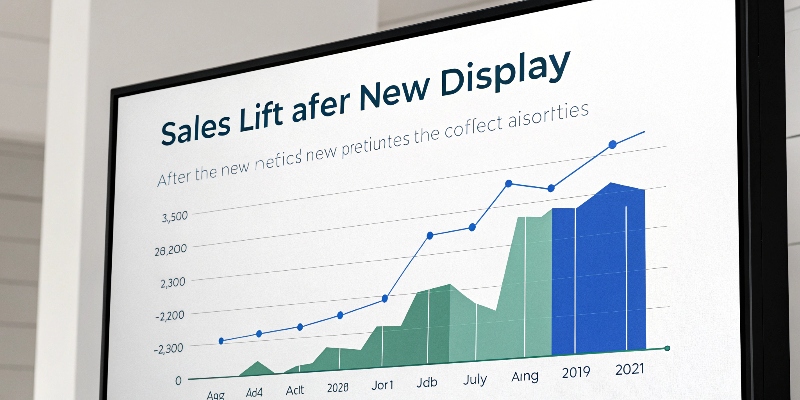
Measuring success is crucial. You need to show that your design efforts are making a real difference to the bottom line. Over the years, I've helped many clients set up simple systems to track their returns. It's not as complicated as it sounds. The key is to decide what you want to measure before you launch the display. Whether your goal is sales, brand awareness, or customer engagement, there are straightforward ways to get the data you need. Let’s look at a few of the most effective methods.
Direct Sales Lift Comparison
This is the most direct way to measure ROI. Before you launch your new display, choose a set of test stores and a set of control stores. The test stores will get the new creative display. The control stores will either keep the old display or have no special display at all. All stores should be similar in terms of size and customer demographics. Then, track the sales of your product in both sets of stores for a specific period, maybe 4-6 weeks. By comparing the sales data, you can calculate the exact percentage increase in sales that resulted from your new display. This gives you a clear and powerful number to show the value of your investment.
Tracking Digital Engagement
Modern displays can bridge the gap between the physical and digital worlds. This gives you another great way to measure impact. As we discussed, you can add a QR code to your display. This code can link to anything you want: a special landing page on your website, a contest entry form, or a coupon download. By using a unique URL for the QR code, you can track exactly how many people scanned it. This tells you how many customers your display engaged. If the QR code leads to a special offer, you can also track how many of those scans resulted in a purchase. This is a fantastic way to measure direct customer interaction.
Social Media Mentions and Feedback
Don't underestimate the power of social proof. A truly creative and "Instagrammable" display can generate its own online buzz. Encourage shoppers to take a picture with the display and post it using a specific hashtag. You can then track this hashtag on social media platforms like Instagram and TikTok. This measures brand awareness and how much excitement your display is creating. You can also collect qualitative feedback by talking to store managers. Ask them what customers are saying about the display. This kind of feedback is valuable for understanding what resonates with your audience and for planning your next campaign.
| Metric | How to Measure | What It Tells You |
|---|---|---|
| Sales Lift | Compare sales in test stores vs. control stores. | The direct impact of the display on revenue. |
| Digital Engagement | Track scans on a unique QR code on the display. | How many customers are interacting with your brand. |
| Social Buzz | Monitor a campaign-specific hashtag on social media. | The level of organic excitement and brand awareness. |
Conclusion
Ultimately, a creative cardboard display is one of your best tools. It grabs attention, tells your story, and drives sales, giving you a clear return on your investment.




